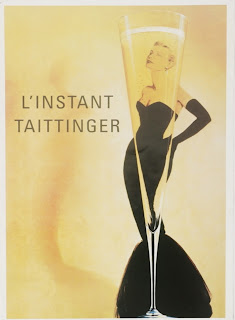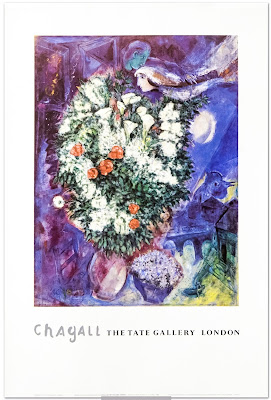If Art Could Talk Series - A Timeless Sculpture: Reflections from My Perch in the National Museum of Iran
Hello there! I'm a magnificent relief sculptor residing in the superb National Museum of Iran in Tehran. My story transcends time, stretching back to the latter half of the 1930s when the astute Erich F. Schmidt discovered me. To this day, the identity of my creator remains a mystery. However, I do not doubt that I was carved by extraordinarily skilled artisans who poured their talent and dedication into every detail of my form.
As you gaze upon me, it's easy to understand why countless visitors are captivated by my presence. Standing over eight feet tall, I am not just an ordinary sculpture but a grand testament to the artistry of my time. My features tell a story that resonates throughout history—here, I portray not one but two great Persian kings. You'll see the dignified King Darius seated upon his royal throne while the future King Artaxerxes stands behind him. Surrounding them are Persian courtiers who lend an air of authority and grandeur to this scene.
What adds to my allure is the intricate depiction of noblemen from twenty-three nations once ruled by the mighty Persian Empire. Each nobleman is adorned in attire that reflects their homeland, proudly presenting a tribute to King Darius, with attendants accompanying them. The artistry in their costumes showcases a remarkable variety of styles, capturing the rich cultural tapestry of the ancient world.
Art scholars often marvel at my design, especially at the intricacies of the sculptors' techniques. The finely pleated folds of the garments and the layering of clothing provide a depth that brings life to the stone. My creators employed a new stylization that marked a pivotal moment in Near Eastern sculpture, making me one of the first to showcase such detail. The way the shoulders and arms press through the figures' draperies creates a striking effect, a technique influenced by Ionian Greeks around the sixth century BCE.
Commissioned around 490 BCE by King Darius himself, I was meant to adorn the walls of his grand palace in Persepolis—a magnificent structure designed to leave visitors awestruck. Anyone who entered this royal abode would have gazed upon me, allowing my beauty and grandeur to speak volumes of the empire's power and prestige.
One must recognize the enduring theme of subjugated peoples represented within my scenes. Every tribute presented serves to reinforce the political dominance of the Persian Empire, visually illustrating the vast reach and influence of King Darius. My processional scenes not only captured the essence of my time but also extended their influence beyond the borders of Persia itself. In fact, it is said that I may have inspired Athenian sculptors who, in the fifth century BCE, created the Ionic frieze of the Parthenon in Athens.
So here I sit, a silent witness to the passage of time, embodying the artistic genius of my creators, the grandeur of the Persian Empire, and the interconnectedness of cultures across history. I invite you to step closer, reflect on the stories I hold within my carved surfaces, and appreciate the legacy I continue to share with the world today.
.jpg)



Comments
Post a Comment